A Closer Look: Advanced Driver Assist Systems (ADAS)
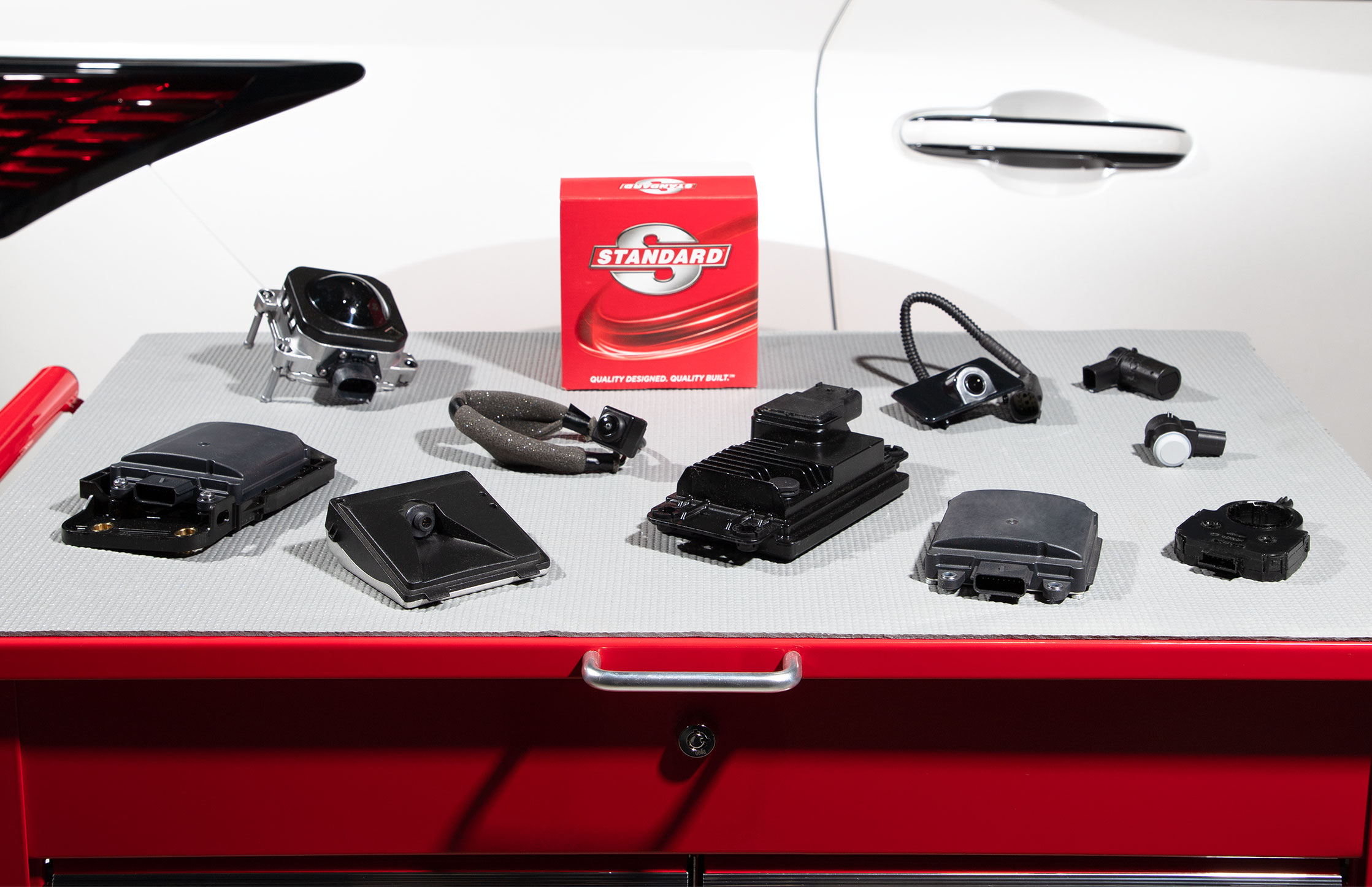
Advanced Driver Assist Systems (ADAS) Overview
Advanced Driver Assist Systems have created quite a buzz over the last several years. New business opportunities continuously arise, including a new segment of mobile technicians focusing on ADAS calibrations. While ADAS may still seem relatively new, automotive service professionals have actually been servicing Driver Assist Systems for decades. Systems like power steering, power brakes, and cruise control have been
assisting motorists for many years. What is different with ADAS is that there are now input devices to understand what the driver’s intent is and alert the driver to potential dangers, rather than relying solely on the driver’s sight and sound.
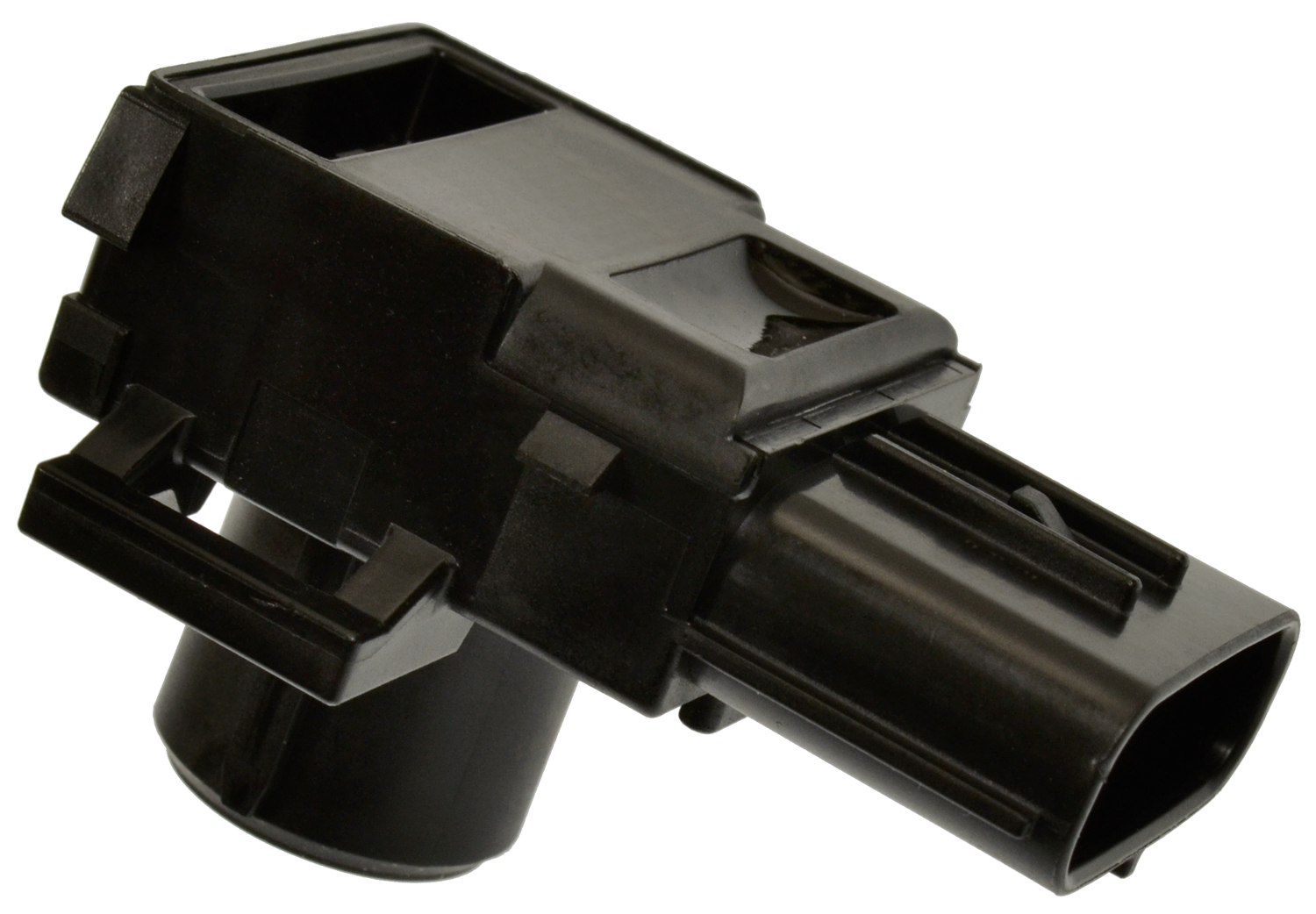
Standard® Park Assist Sensor
Breaking Down ADAS Input Devices
ADAS input devices can be divided into four primary categories.
Ultrasonic
The “ultrasonic” category encompasses devices like park assist sensors and blind spot detection modules. Ultrasonic sensors are relatively simple and are great at measuring distance.
Radar
The next category is “radar”. Radar is more complicated than the ultrasonic category and is great at measuring distance and relative speed. We see radar used frequently in adaptive cruise control systems.
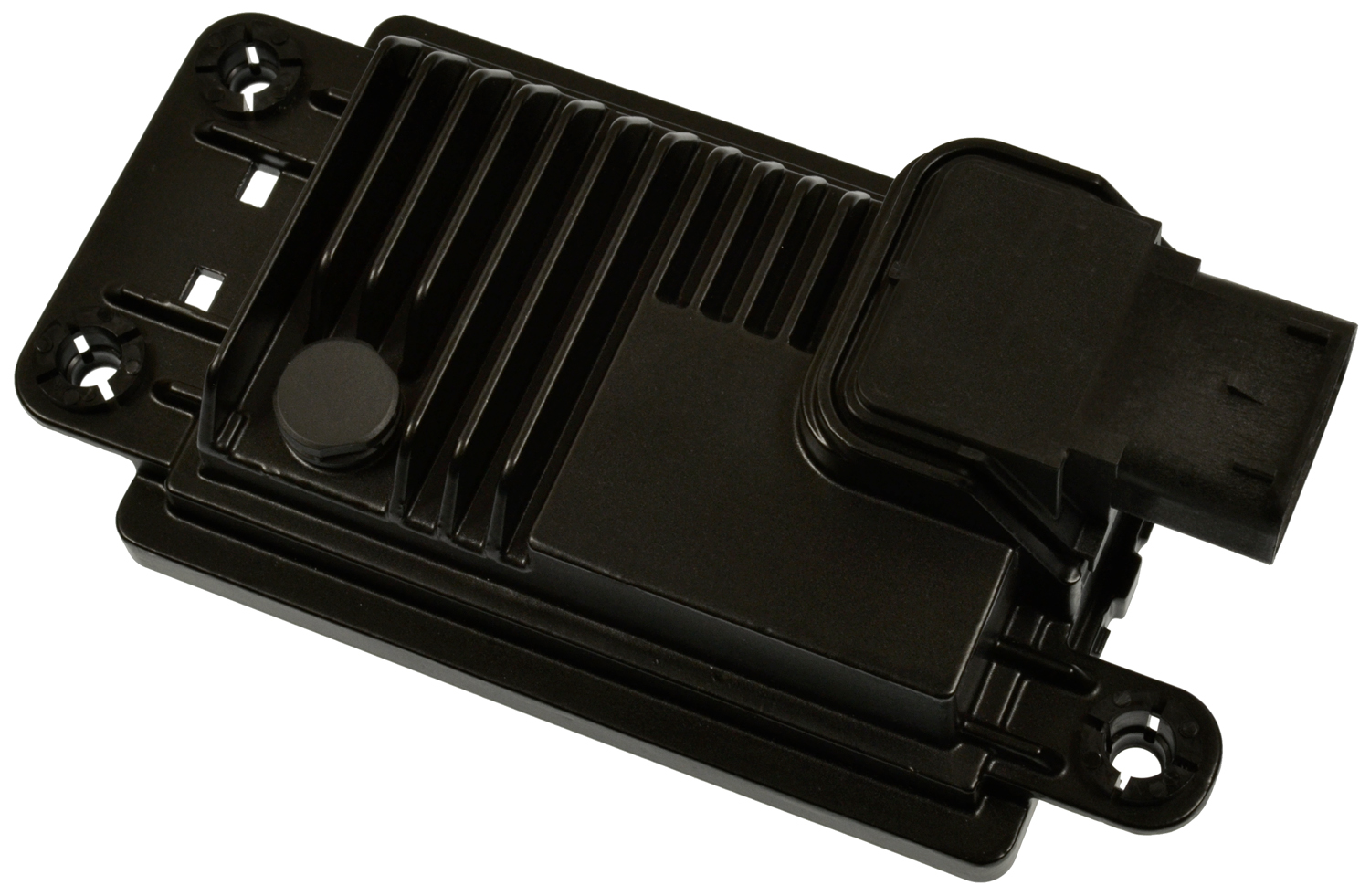
Standard® Cruise Control Distance Sensor
Optical
The third category is “optical,” and as you might imagine, this essentially encompasses cameras. These devices will identify objects and be used for things like lane keep assist or parking assistance.
LiDAR (Light Detection and Ranging)
Finally, the fourth category is “LiDAR.” LiDAR is the most complex, yet most accurate input available and produces 3D mapping. This is currently not the most popular ADAS input, but is gaining popularity as development costs reduce and technology advances.
How does ADAS work?
In addition to the input devices, ADAS relies on many of the vehicle’s other sensors to understand what the driver’s intent is. Sensors such as accelerator pedal position sensors and brake pedal position sensors tell the vehicle if the driver is intending to accelerate or slow down. Steering angle sensors and yaw rate sensors report the driver’s intended direction.
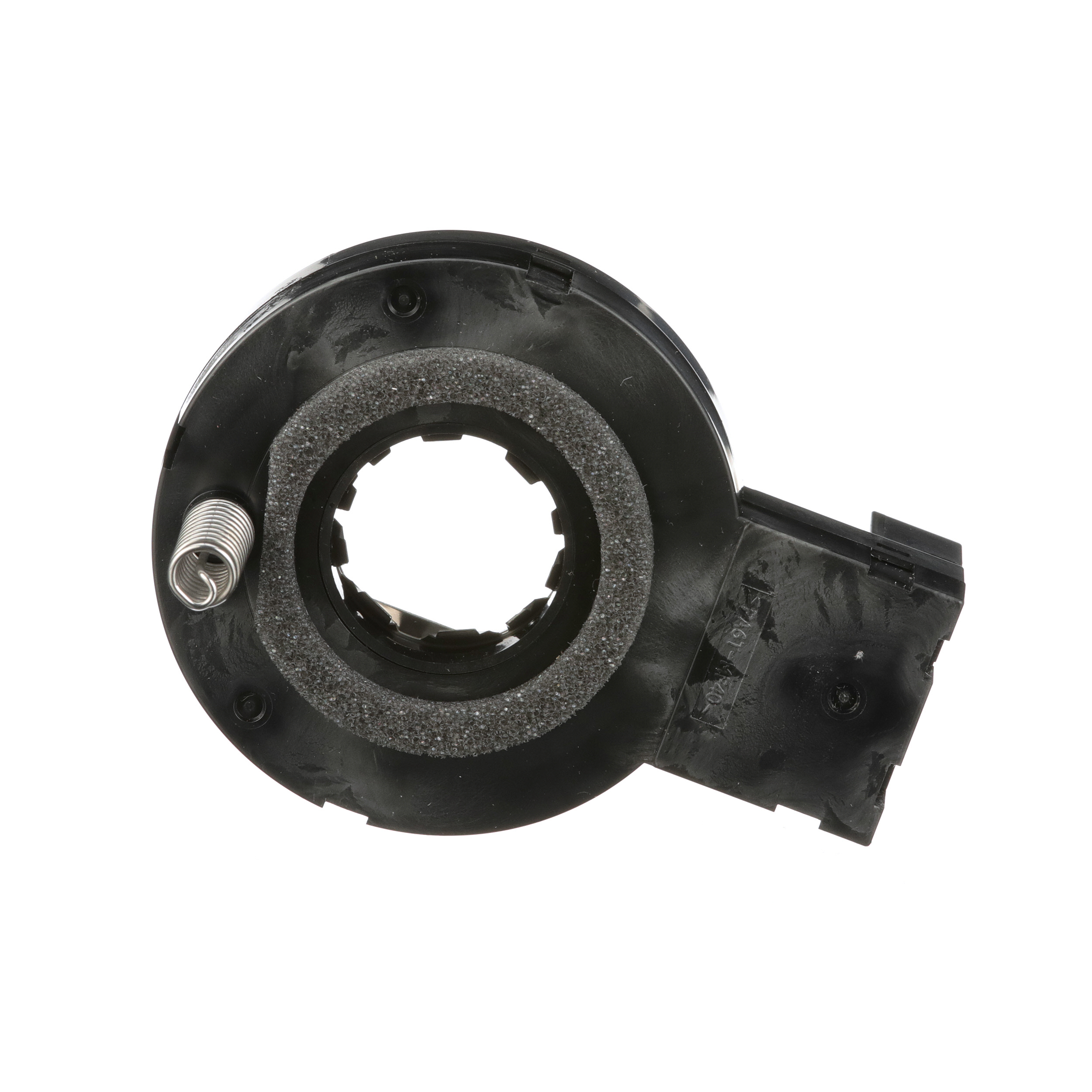
Standard® Steering Wheel Sensor
Tech Tip: ADAS Calibration
While many ADAS components are plug and play, others need to be calibrated to operate properly. For instance, steering angle sensors need to be recalibrated or “zeroed” after every alignment. These often-overlooked sensors are crucial to proper operation of the vehicle’s ADAS system.
Some vehicle manufacturers will require a static calibration on a component, others will require a dynamic calibration, and some will require no calibration at all. When recommending and installing ADAS parts, always remember that a calibration may be required after installation. Some ADAS parts like park assist cameras and sensors may not require any type of calibration, while others like cruise control distance sensors will almost always require calibration. It is also important to remember that it is the vehicle that determines if a part needs to be calibrated or not, not the part.
If you encounter an ADAS part that is not operating properly after installation, make sure that the correct steps have been taken to calibrate the part. It is possible that the part is not defective after all, and reviewing the calibration procedures can help you avoid having to return and replace the part a second time.
ADAS Opportunities
Many times, when ADAS is mentioned, the collision industry comes to mind due to the number of ADAS components that are susceptible to being damaged in a collision. However, as these systems age, there will be more and more repair and service opportunities.
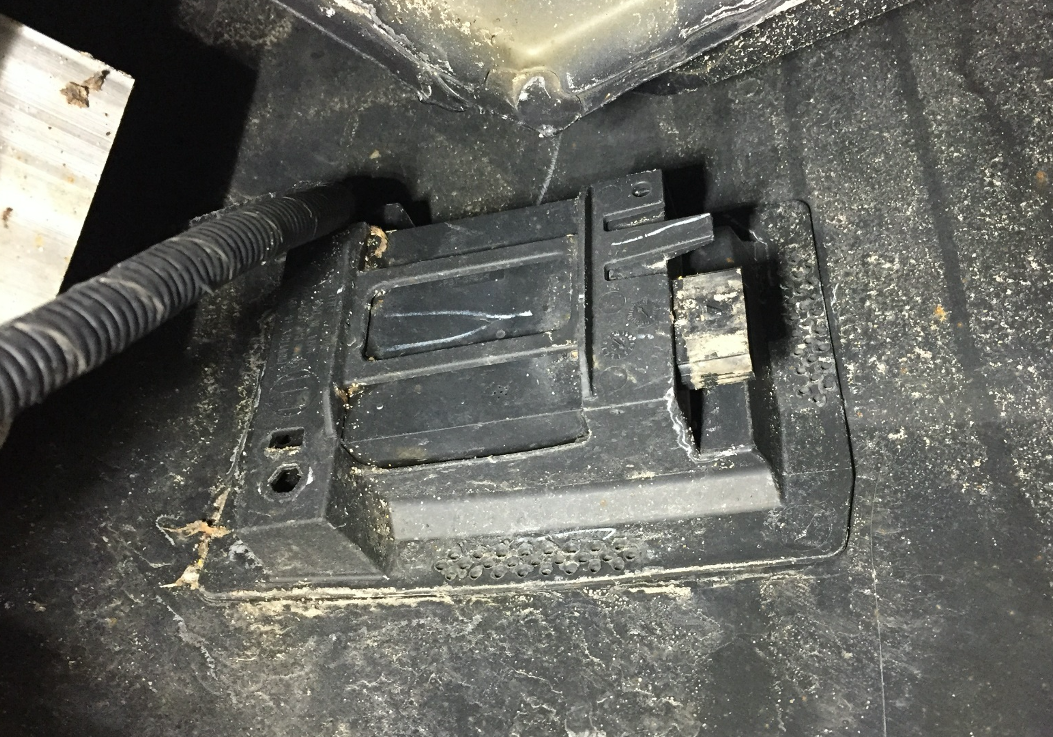
Now that these systems are increasing in age and mileage, they are failing or coming out of calibration. For instance, the lenses of park assist cameras can become distorted over time. Cruise control distance sensors, lane departure cameras, and steering angle sensors are all critical safety features that can be damaged by daily wear and tear.
In northern regions, these systems are prone to corrosion from the harsh winter weather and salt on the roads. In every region, they are prone to water intrusion from rain, car washes, or flooding. While blind spot detection sensors are susceptible to accidents, they are also damaged by salt and road debris.
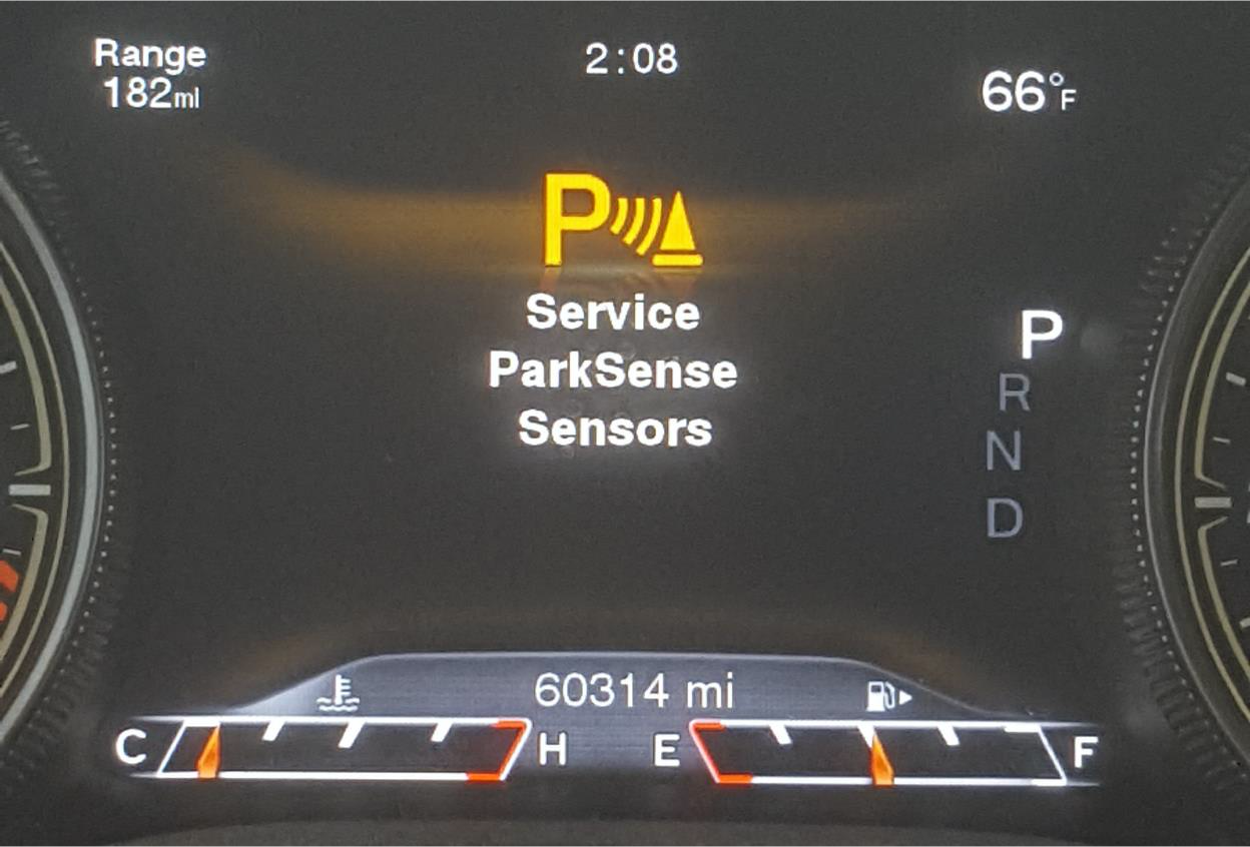
When these components fail, they will typically display a message on the dash and illuminate some sort of warning lamp. These are indicators that typically steer the vehicle toward the general repair facility where the customer takes their vehicle for similar errors like a TPMS warning or Check Engine light. These shops will then diagnose, replace the part, and calibrate the system as required.
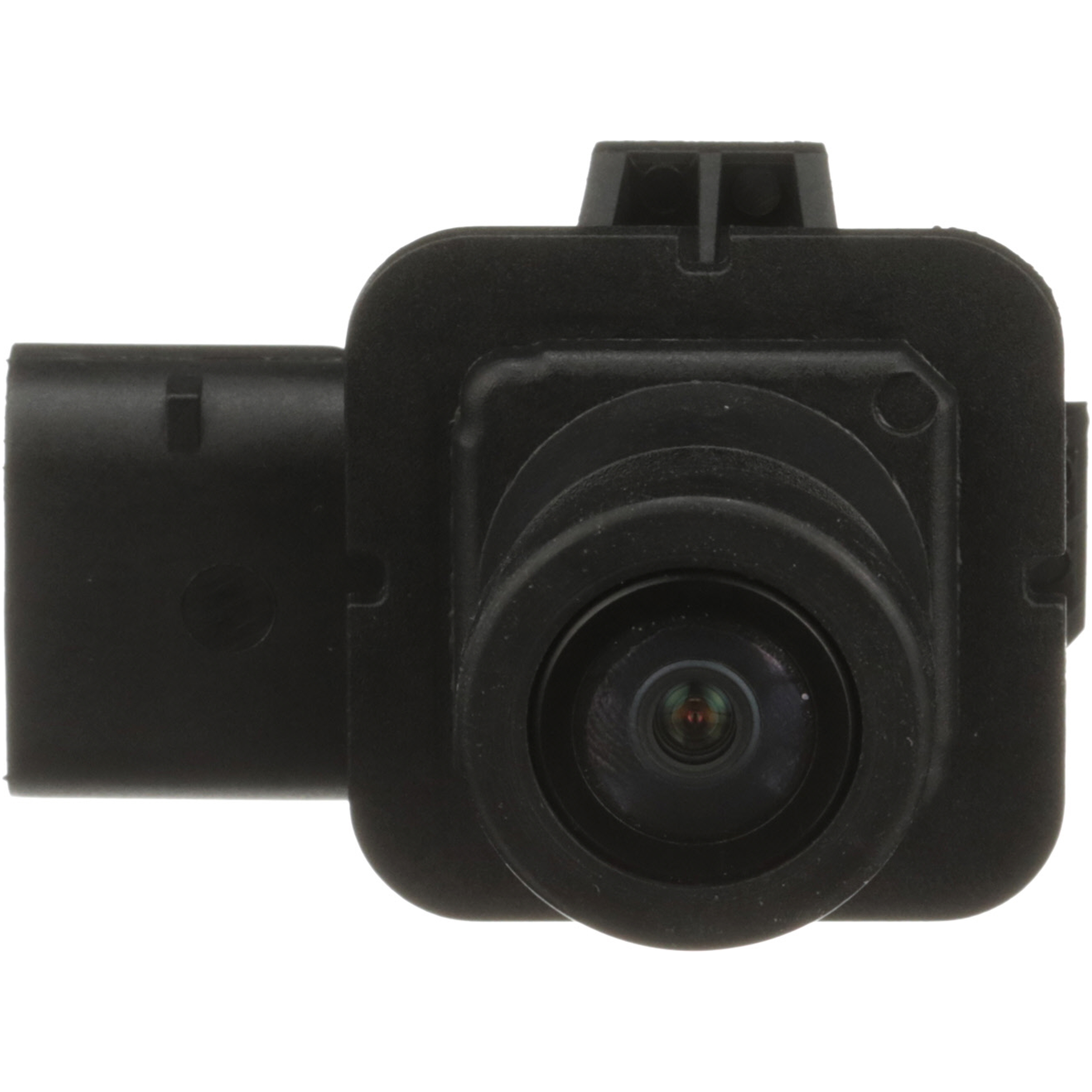
Standard® Park Assist Camera
Helping You Help Them
Seeing as ADAS is a newer category, you might think the dealership is your best bet when ordering replacement parts for customer vehicles. Skip the dealership and check out Standard’s ADAS program.
The Standard® ADAS program includes over 900 part numbers, providing all of the aforementioned parts, from Blind Spot Detection Sensors to Cruise Control Distance Sensors, as well as Lane Departure System Cameras and Park Assist Sensors and Cameras. These components are designed to integrate correctly with electronic crash avoidance systems, and are manufactured to stringent quality standards, matching the original for easy installation and delivering precise performance. In total, the
Standard® line of ADAS parts provides coverage for more than 280 million vehicles on the road. Gas, diesel, hybrid, or electric, import or domestic, Standard® has you covered.
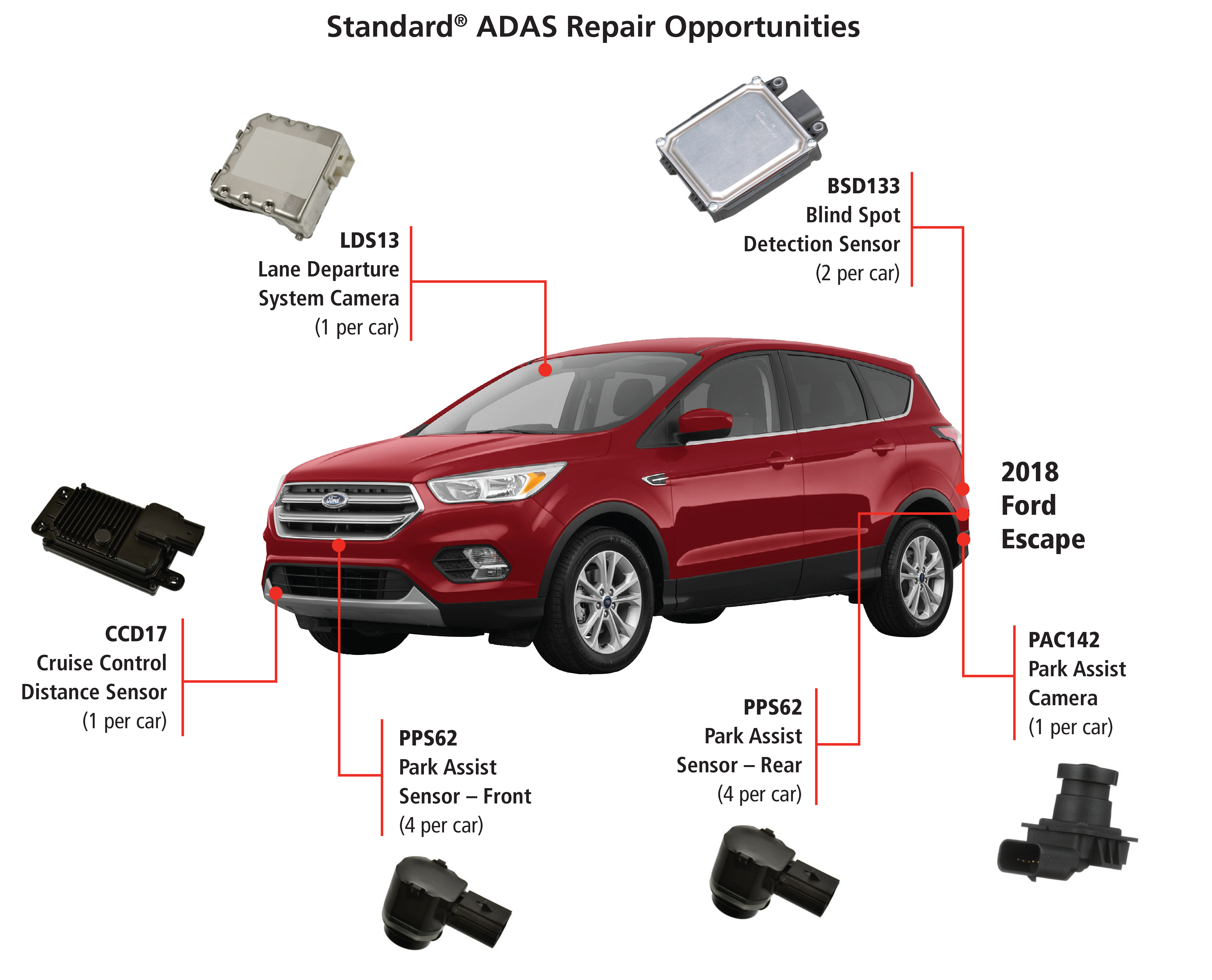
For more information on diagnosing and replacing these components, search “ADAS” on the Standard Brand YouTube channel.
